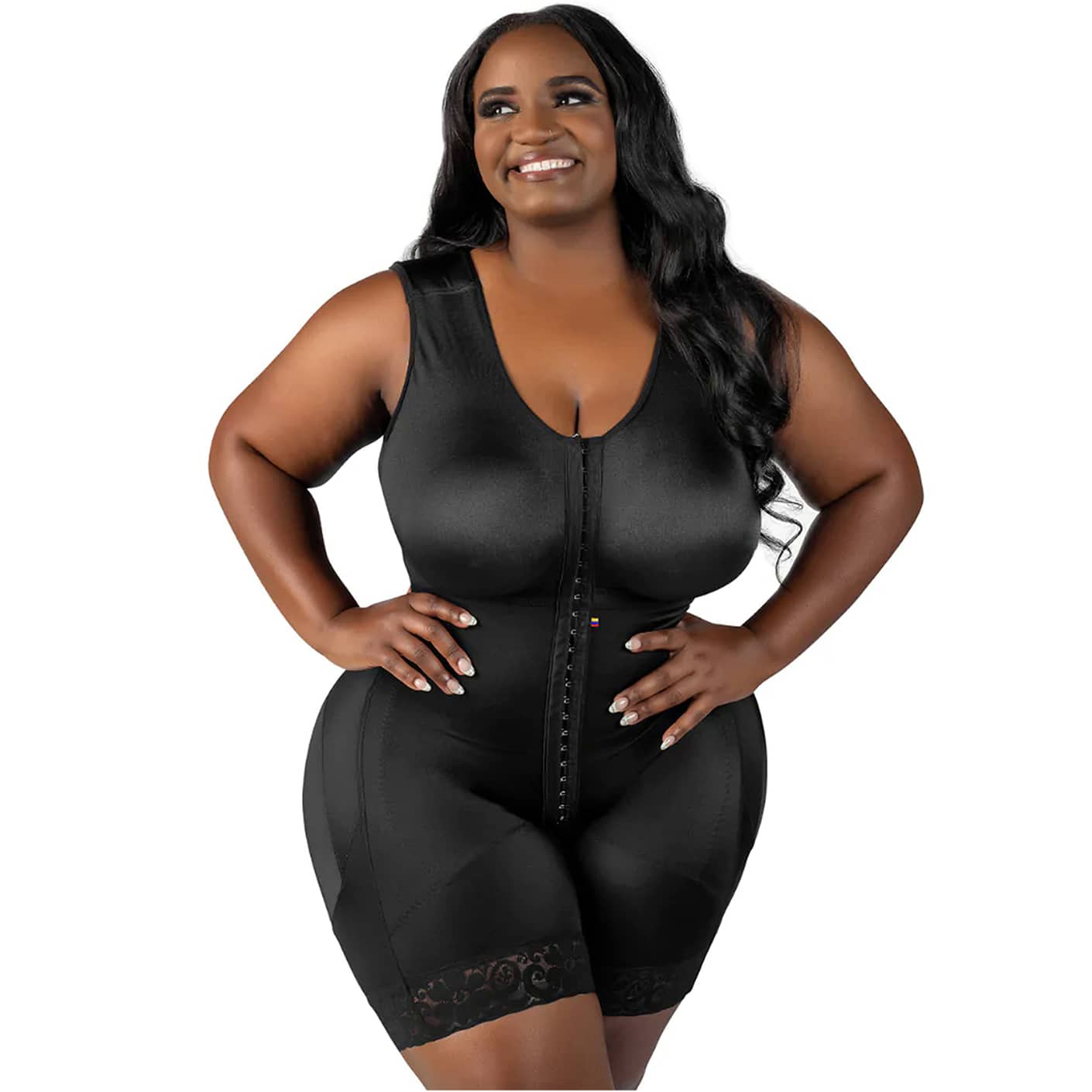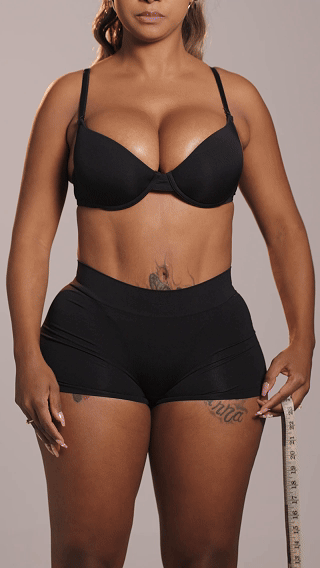Don’t let pronunciation be the thing that keeps you from accessing the benefits of fajas Colombianas!
Shopping for Shapewear
Trying to find the perfect compression clothing or girdles can be a chore. Literally, thousands of options are available all around the web from all around the world but compression garments are so individualized it can be hard to pick the right one. Plus, so many different terms exist to describe a wide variety of garments that women find themselves endlessly searching through pages of waist trainers and corsets looking for the right one.
One of the terms that will come up early in the seemingly endless search for shapewear is “faja” and most people are immediately caught off guard trying to understand the pronunciation. Or, their favorite fashion influencer will say the word and no one will know how to spell it to track down products that she recommends. Luckily, this is the only resource you will need to start shopping for your new favorite shapewear or post-surgery compression garments.
Colombian Compression
“Faja” is pronounced with the breathy “h” sound of English. Something like “Fa-ha.” Of course, depending on the dialect or region of the native speaker it may sound slightly different but going with “Fa-ha” will get you where you need to go.

So where does the term come from? It turns out it has pretty ancient roots based in Latin from thousands of years ago. In Roman times, “fascia” was a term used to describe bands or swathes of cloth that were used as undergarments. Both men and women in ancient Rome wore form-fitting fascia to help them adhere to the standards of beauty at the time.
As Latin influenced other languages over time, Spanish kept the root but made it easier to pronounce for Spanish speakers. When the Spanish arrived in Colombia, Spanish fashion trends became popular and locals started producing their own version of fajas that are so popular today.
How it All Started
Girdles are one of the fashion trends that is totally cross-cultural and transcends time. Evidence from archaeology indicates that girdles were produced nearly 4,000 years ago in Mediterranean cultures. Whether they were slimming waists or cutting a curvier silhouette, compression wear has been available nearly everywhere in history. Of course, ancient shapewear was made with things like wooden slats and whalebones, far different from the Space Age materials that are used today.
Fajas Colombianas revolutionized the industry by combining all of the best historical features of compression clothing with modern-day beauty standards and production techniques. Originally, they were intended to offer relief and support to those who had undergone plastic surgery, like liposuction or Brazilian butt lifts. But, as word got out, women everywhere recognized the benefits of wearing them full-time.
Benefits of a Colombian Faja
Fajas wouldn’t have gained all the hype if they weren’t worth it, right? For thousands of years, women have forced themselves into uncomfortable compression clothing but now those benefits can be gained without having to resort to needing a maid to tie down a corset. Some of the best reasons to invest in a faja are:
- Speeds healing from cosmetic procedures.
- Gives an immediate slim thick silhouette.
- Reduces fat deposition around the midsection.
- Supercharges fat burning during workouts.
Making a faja part of your daily wear can offer all these benefits and more. Whether you are recovering from surgery or just looking to accentuate a fantastic figure, a few fajas in the closet are the right choice!




















